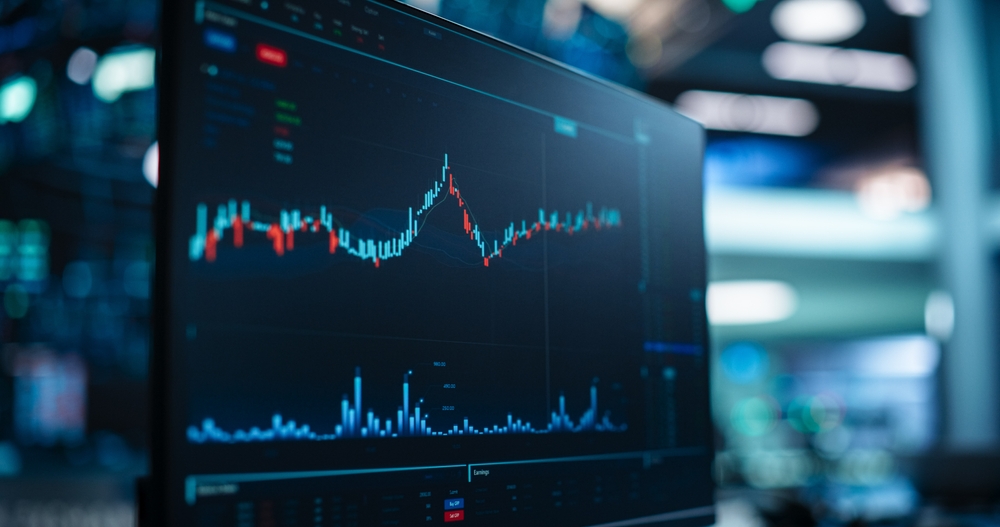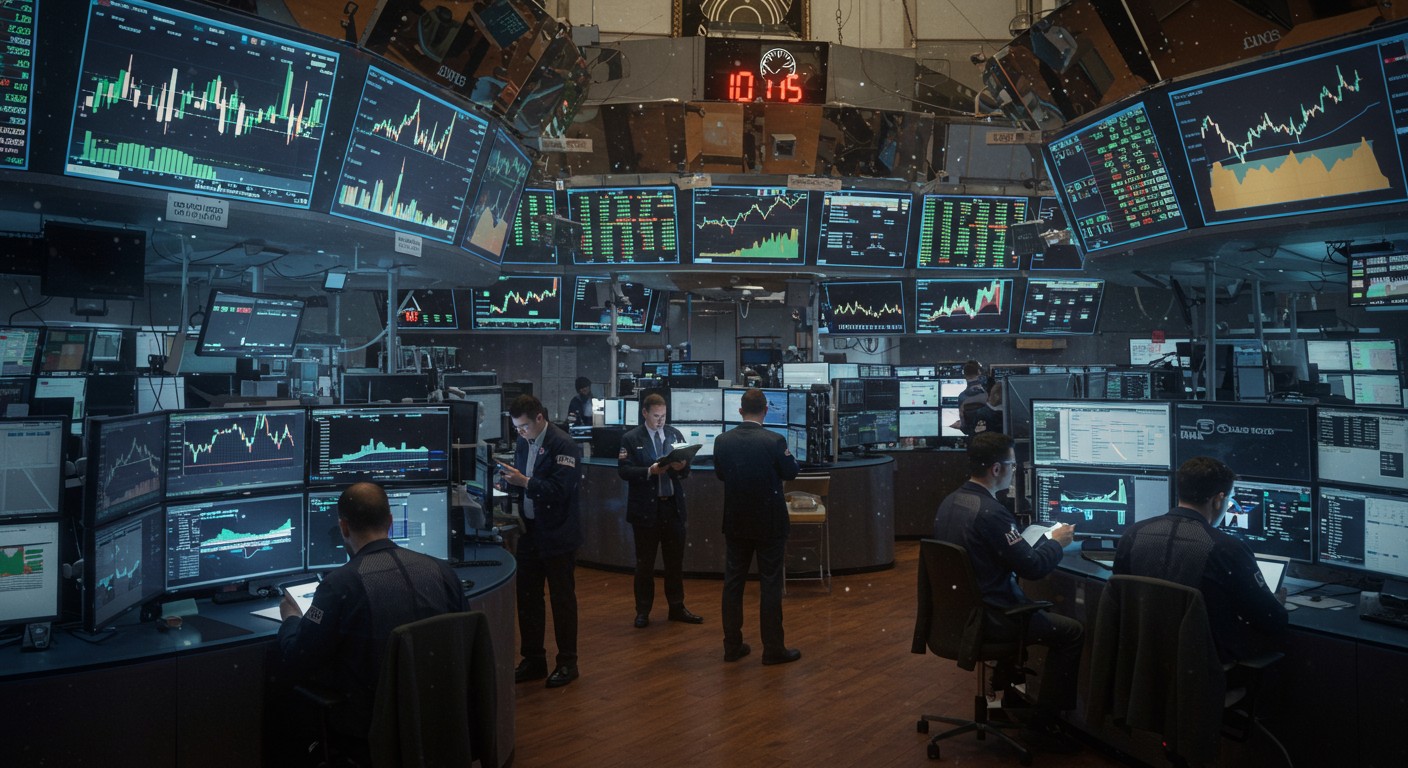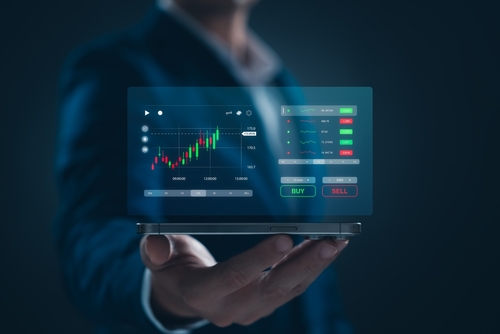The world of financial trading is full of opportunities, risks, and constant change. Every day, millions of traders across the globe buy and sell assets such as stocks, currencies, commodities, and cryptocurrencies. While the potential for profit is immense, the risk of loss is equally significant. This is where trading strategies come into play. A trading strategy is essentially a structured plan that helps traders make informed decisions, minimize risks, and maximize returns.
In this blog, we’ll take a deep dive into the meaning of trading strategies, their importance, the different types, and how to find the one that suits you best.
What is a Trading Strategy?
A trading strategy is a systematic approach used by traders to decide when to enter and exit trades in the financial markets. It is based on predefined rules and criteria, often supported by technical indicators, chart patterns, or fundamental data. At its core, a strategy reduces emotional decision-making, which is often a trader’s biggest enemy.
For instance, in trading strategies in forex, traders might use moving averages, Fibonacci retracements, or support and resistance levels to determine entry and exit points. Similarly, trading strategies for options may involve covered calls, straddles, or spreads that reduce risk while capturing profit opportunities.
With technology evolving, many traders rely on trading strategies backtesting before committing real money. Backtesting involves applying a strategy to historical market data to analyze how it would have performed. Platforms like Evest provide tools that allow traders to practice and refine strategies without financial risk.
In essence, a trading strategy is your personal rulebook, designed to guide decisions and ensure consistency in the face of market volatility.
Importance of Having a Solid Trading Plan
Without a solid trading plan, traders often rely on emotions like fear or greed, which usually lead to losses. A robust plan based on well-researched trading strategies provides structure and discipline. Here’s why it matters:
- Risk Reduction – A trading plan ensures that you know how much capital you are risking on each trade, preventing large, unexpected losses.
- Consistency – By following rules, you avoid jumping from one strategy to another and maintain consistency.
- Adaptability – A good plan allows you to adjust strategies based on market conditions, whether it’s trading strategies for futures or trading strategies for crypto.
- Performance Tracking – It enables you to review your progress, evaluate wins and losses, and refine your approach.
Evest emphasizes education and planning for all its traders, ensuring they understand the importance of sticking to a structured plan before diving into active trading markets.
What is the Difference Between a Trading Strategy and a Trading Style?
While often confused, a trading strategy is not the same as a trading style.
- Trading Style refers to the general approach a trader takes — such as day trading, swing trading, or position trading. Styles are broader and describe the timeframe and personality fit of a trader. For example, day traders prefer short-term positions, while position traders hold assets for weeks or months.
- The Trading Strategy is more specific. It defines the exact method, rules, and indicators used to execute trades within that style. For example, within day trading, a trader may adopt trading strategies scalping, which involves making dozens of small trades in a day to capture minor price fluctuations.
Understanding this distinction is critical because a trader’s style should align with their lifestyle, time availability, and risk tolerance, while the strategy provides the actual roadmap for executing trades.
Best Trading Strategies
There are countless trading strategies available, each with its own advantages and challenges. Here are some of the most popular ones:
Trend Trading
This strategy involves following the direction of the market trend — either upward or downward. Traders use tools like moving averages and trendlines to identify momentum. It is particularly effective in markets like trading strategies for gold or forex.
Range Trading
Range trading capitalizes on price movements within a defined channel. Traders buy at support and sell at resistance. This works best in markets with low volatility.
Breakout Trading
Breakout traders enter positions when the price breaks out of a key level of support or resistance. This strategy is widely used in trading strategies for crypto, where sudden surges are common.
Reversal Trading
Reversal trading is based on identifying when a trend is about to change direction. It requires advanced technical analysis skills and is often combined with candlestick patterns.
Gap Trading
This strategy focuses on price gaps that occur between market sessions. Gaps often indicate strong momentum and provide opportunities for quick profits.
Pairs Trading
Pairs trading involves taking opposing positions in two correlated assets. For example, going long on one stock while shorting another in the same sector.
Arbitrage
Arbitrage strategies exploit price discrepancies between different markets or exchanges. For example, buying an asset at a lower price in one exchange and selling it higher price elsewhere.
Momentum Trading
Momentum traders look for strong price moves and attempt to ride the wave until the momentum fades. It is popular in high-volatility markets like cryptocurrencies and futures.
What’s the Best Trading Strategy for You?
There’s no universal “best” trading strategy — it depends on your personality, risk tolerance, and available time. For beginners, trading strategies for beginners often involve simple approaches like trend trading or range trading. More advanced traders might explore options, futures, or arbitrage.
Trading Platforms like Evest provide demo accounts, allowing traders to experiment with multiple strategies before committing real capital. This trial phase is essential to determine which strategy aligns with your strengths.
What to Know Before You Put Your Trading Strategy in Action?
Before you start trading, there are a few things to keep in mind:
- Education First – Understand the markets, whether it’s forex, stocks, gold, or crypto.
- Practice with Backtesting – Always test your strategy with historical data.
- Start Small – Begin with minimal investment and gradually scale up.
- Stay Disciplined – Stick to your rules and avoid impulsive trades.
Evest supports traders by providing tutorials, webinars, and simulation tools to prepare before trading with real money.
Risk Management in Trading Strategies
Risk management is at the heart of all trading strategies. No matter how profitable a strategy seems, without proper risk management, losses can wipe out your account. Key principles include:
- Setting stop-loss orders to limit losses.
- Using proper position sizing (risking only 1–2% of capital per trade).
- Diversifying across different assets such as forex, commodities, and stocks.
- Avoiding over-leverage, especially in volatile markets like crypto.
Tools and Indicators for Trading Strategies
Technical indicators and tools help traders refine their strategies. Some popular ones include:
- Moving Averages
- Relative Strength Index (RSI)
- Bollinger Bands
- Fibonacci Retracements
- MACD (Moving Average Convergence Divergence)
Platforms like Evest integrate these tools directly into their trading dashboard, giving traders an edge in executing precise strategies.
Evest Services
Commission-Free Stock Trading
Evest allows clients to trade global stocks with zero commission, making it an attractive choice for investors who want to access international markets with minimum costs.
CFD Trading
The platform provides access to a wide range of financial assets through Contracts for Difference (CFDs), including stocks, forex, indices, commodities, and cryptocurrencies. This gives traders great flexibility to diversify their strategies.
WebTrader Platform
Evest offers a WebTrader platform that works directly from the browser without the need to download extra software. It features a user-friendly interface with real-time charts and analysis tools to help investors make better trading decisions.
Copy Trading
With the copy trading service, beginners or passive investors can automatically copy the trades of professional traders. This allows users to benefit from the experience of experts and potentially generate steady profits.
Demo Account
Evest provides a free demo trading account where traders can practice with virtual funds. This service is especially useful for beginners to learn trading basics and test strategies without risking real money.
Islamic Trading Accounts
Evest offers Islamic (Swap-Free) accounts that are free from interest charges, making them compliant with Shariah law and suitable for Muslim traders.
Smart Analytics Tool (Evest Analytics)
The platform integrates AI-powered analytics tools that deliver accurate market insights and instant alerts, helping traders to identify investment opportunities at the right time.
Mobile Trading App
Evest provides a modern mobile application for iOS and Android, enabling users to trade anywhere, anytime, with the same tools and features available on the web platform.
Multiple Deposit & Withdrawal Options
Evest supports various payment methods for deposits and withdrawals, including:
- Credit and debit cards
- E-wallets
- Bank transfers
This ensures flexible and convenient financial transactions for traders worldwide.
Conclusion
Mastering trading strategies is the foundation of successful market participation. Whether you’re exploring trading strategies in forex, experimenting with trading strategies for futures, or diving into trading strategies for cryptocurrencies, having a structured plan is crucial. The best strategy is one that aligns with your goals, experience level, and risk tolerance.
With the support of platforms like Evest, traders gain access to educational resources, analytical tools, and multiple markets — all essential ingredients for long-term success.
FAQs
What is the best strategy in trading?
The best strategy depends on your goals and risk profile. Trend trading and range trading are great for beginners, while advanced traders may prefer arbitrage or options strategies.
What are the four types of trading strategies?
The four main categories are trend trading, range trading, breakout trading, and momentum trading.
What is the 3-5-7 rule in trading?
The 3-5-7 rule refers to a risk management guideline, where traders focus on small consistent wins (3%), moderate gains (5%), and avoid chasing unrealistic high returns (7% or more) on a single trade.












